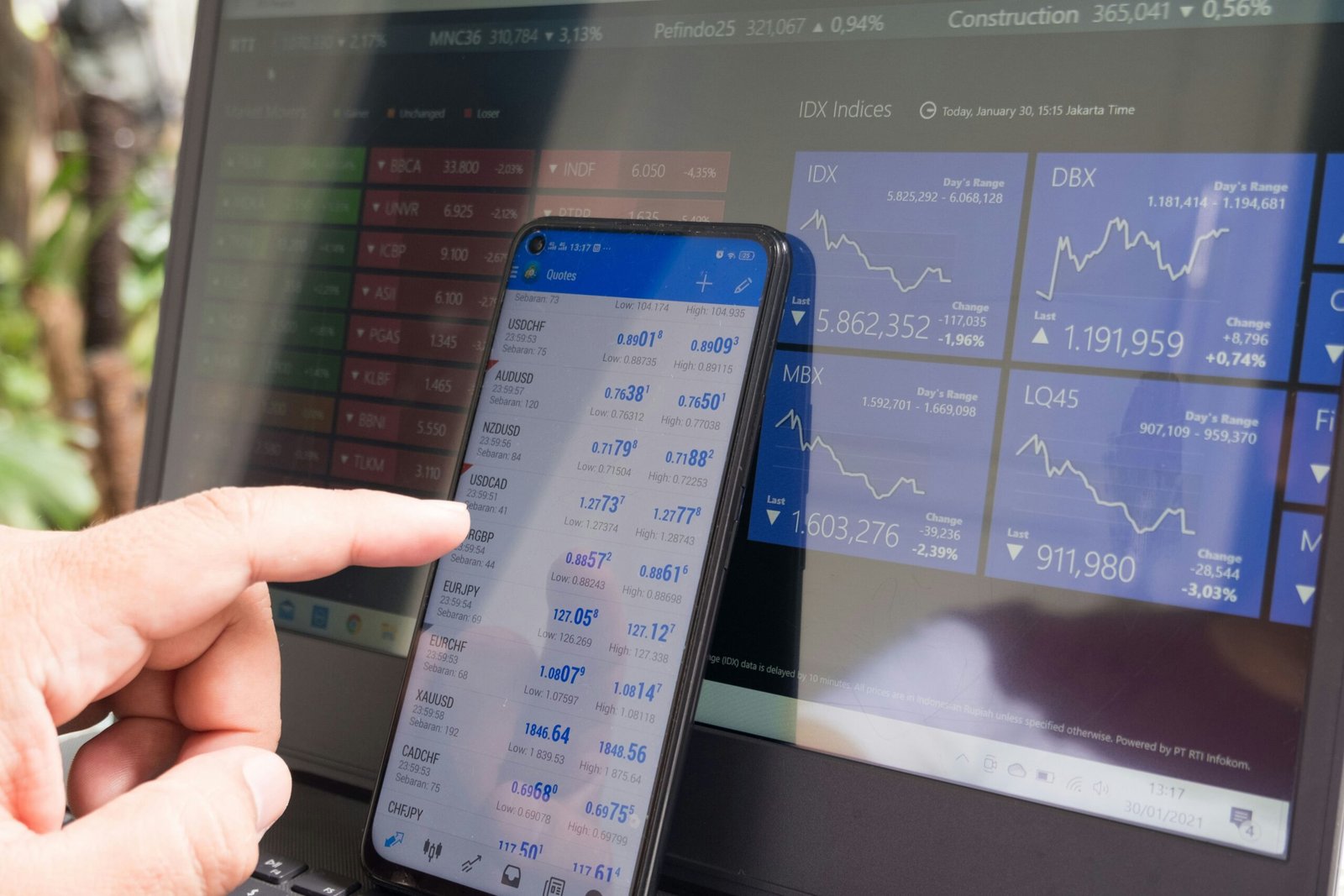
A Step-by-Step Guide to Starting Forex Trading in 2024
Introduction
Welcome to the world of forex trading! If you’re interested in dipping your toes into the exciting and potentially lucrative world of foreign exchange, you’ve come to the right place. In this step-by-step guide, we’ll walk you through the process of starting forex trading in 2024. Whether you’re a complete beginner or have some experience in trading, this guide will provide you with the necessary knowledge and tools to get started.
Step 1: Educate Yourself
Before diving into forex trading, it’s essential to educate yourself about the market and how it works. Familiarize yourself with key concepts such as currency pairs, pip values, leverage, and risk management. There are numerous online resources, courses, and books available that can help you gain a solid understanding of forex trading. Take your time to learn and absorb as much information as possible before moving on to the next step.
Step 2: Choose a Reliable Broker
Choosing the right broker is crucial for a successful forex trading journey. Look for a broker that is regulated by a reputable financial authority and offers a user-friendly trading platform. Consider factors such as trading fees, available currency pairs, customer support, and educational resources provided by the broker. Take your time to research and compare different brokers to find the one that best suits your needs.
Step 3: Open a Trading Account
Once you’ve selected a broker, it’s time to open a trading account. Visit the broker’s website and follow their account opening process. You’ll usually need to provide some personal information and submit identification documents for verification purposes. After your account is approved, you can proceed to fund it.
Step 4: Develop a Trading Plan
A trading plan is a roadmap that outlines your trading goals, risk tolerance, and strategies. It helps you stay disciplined and focused, especially during volatile market conditions. Your trading plan should include details such as the currency pairs you’ll trade, the timeframes you’ll use, and the risk management techniques you’ll employ. Remember to regularly review and adjust your trading plan as needed.
Step 5: Start with a Demo Account
Before risking your hard-earned money, it’s advisable to practice trading with a demo account. Most brokers offer demo accounts that allow you to trade with virtual money in real market conditions. Use this opportunity to test your trading strategies, familiarize yourself with the trading platform, and gain confidence in your abilities. Treat the demo account as seriously as you would a live account to get the most out of this practice phase.
Step 6: Start Small with a Live Account
Once you feel comfortable and confident with your trading skills, it’s time to transition to a live trading account. Start small by depositing an amount of money that you’re willing to risk. Remember, forex trading involves inherent risks, and it’s important not to invest more than you can afford to lose. Start with conservative position sizes and gradually increase them as you gain experience and achieve consistent profitability.
Step 7: Implement Risk Management Strategies
Risk management is a crucial aspect of forex trading. It involves using techniques to minimize potential losses and protect your trading capital. Set stop-loss orders to automatically exit trades if they go against you. Use proper position sizing to ensure you’re not risking too much on any single trade. Additionally, consider diversifying your portfolio by trading different currency pairs to spread the risk.
Step 8: Continuously Learn and Adapt
Forex trading is a dynamic and ever-evolving market. To stay ahead of the game, it’s essential to continuously learn and adapt to changing market conditions. Stay updated with the latest news, economic indicators, and geopolitical events that can impact currency markets. Join trading communities, attend webinars, and read books to expand your knowledge and gain insights from experienced traders.
Step 9: Keep Emotions in Check
Emotions can be a trader’s worst enemy. It’s crucial to keep them in check and avoid making impulsive trading decisions based on fear or greed. Stick to your trading plan and strategies, and don’t let short-term market fluctuations sway you. Implementing proper risk management techniques and maintaining a disciplined approach will help you navigate the ups and downs of the forex market.
Step 10: Monitor and Evaluate Your Trades
Regularly monitor and evaluate your trades to identify patterns and areas for improvement. Keep a trading journal to record your trades, including the reasons behind each trade and the outcomes. Analyze your trading performance and identify any mistakes or areas where you can fine-tune your strategies. Learning from your past trades will help you become a more successful and consistent trader.
Conclusion
Starting forex trading in 2024 can be an exciting and rewarding endeavor. By following this step-by-step guide and continuously learning and adapting, you’ll be well on your way to becoming a successful forex trader. Remember, forex trading requires patience, discipline, and a willingness to learn from both successes and failures. Best of luck on your forex trading journey!